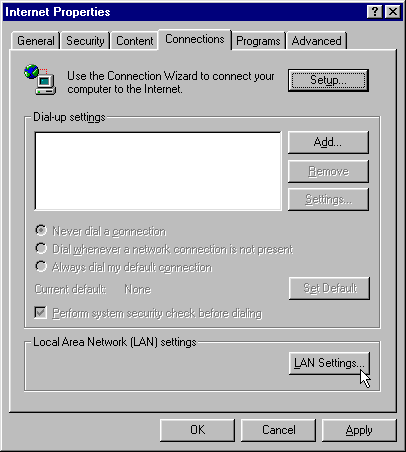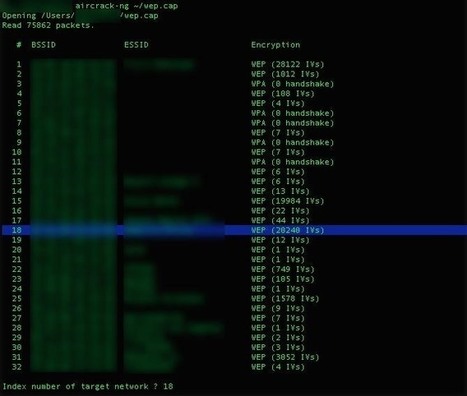
Linux System Administrator's Survival Guide lsg45.htm • • • • • • • • • • • • • Chapter 45 Setting Up a Gopher Service Gopher is one of the most useful Internet services available, and it is widely used by beginner and veteran alike. Gopher is a menu-based file location system, which leads you through a series of hierarchical menus to find specific files you want. Setting up a Gopher site is really just a matter of configuring the Gopher server software and creating a number of logical directory structures with files indexed in a Gopher format. Gopher works by having a client program started by a user connect to a Gopher server and retrieve information about files available on the Internet (or local area network, if the Gopher server is limited to that area). Gigabyte ga-h61m-ds2 drivers windows 7.
The Halliburton FracInsight® Analysis is an unbiased repeatable software tool used to select perforation clusters and frac stage locations, based on the best. Download New Gopher Software Fracture - Download and Software. Using Baker Hughes hydraulic fracturing software allows you to fully visualize even.
At the end of 1995, there were more than 6,000 Gopher servers on the Internet, all accessible by anyone with a Gopher client. Those servers contain information about more than 10 million items, ranging from text files to movies, sounds, images, and many types of application binaries. 
If you or the users of your Linux system want to connect to another Gopher server, you need a Gopher client. There are several clients available with Linux distributions, on FTP and BBS sites, and through several other sources. If you don't want to allow users (or yourself) to start a Gopher client, you can use Telnet to connect to sites known as public Gopher clients.
These sites allow you to log in as an anonymous user and access the Gopher system. Most Gopher client packages offer more than just Gopher, as well. Typical Gopher clients enable you to access WAIS indexes, use FTP, and to some extent, work with the World Wide Web. This chapter looks at how you can set up a Gopher server, allowing others to access your machine's Gopher listings.
Although the chapter won't go into detail about how you should structure your Gopher service, you will see how to configure your software. Gopher and Linux Currently two versions of Gopher are available for Linux systems: Gopher and Gopher+ (Gopher Plus). Gopher is freely available, but Gopher+ is a commercial product. The difference between the two is functionality. If Gopher+'s additional capabilities are important to you and your Gopher site, you may want to consider purchasing the product. Essentially, Gopher+ adds the following features: • Extended file information • File descriptions offered • Recovery of multiple versions of a file at one time (such as ASCII and PostScript simultaneously) • File retrieval based on search criteria determined by the user Gopher+ works with Gopher, but Gopher cannot use the advanced features of Gopher+.
Gopher+ also works with WWW browsers, while Gopher doesn't always function well in a graphical browser. Gopher+ licenses tend to cost about $100 or $500, depending on the site's conditions. The versions of Gopher usually offered with Linux come from one of two sources: University of Minnesota Gopher and Gopher+, or GN Public License Gopher. The last public version of UM Gopher was version 1.3 (version 2.13 is free only to educational institutions), but the University is no longer working on the freeware Gopher product, concentrating instead on the commercial Gopher+ product. The GN Public License Gopher includes a WWW service, but it does not provide a full functionality at present. Gopher uses a TCP/IP family protocol known, surprisingly enough, as the Gopher protocol. This is a fairly simple request-answer protocol that is implemented for speed.

When Gopher transfers information about a file it knows about (called a Gopher menu file), it follows a set format. The format used by Gopher is: The fields in the Gopher menu file have the following meanings: type This field is a a one character description of the item (see the next list for valid codes).